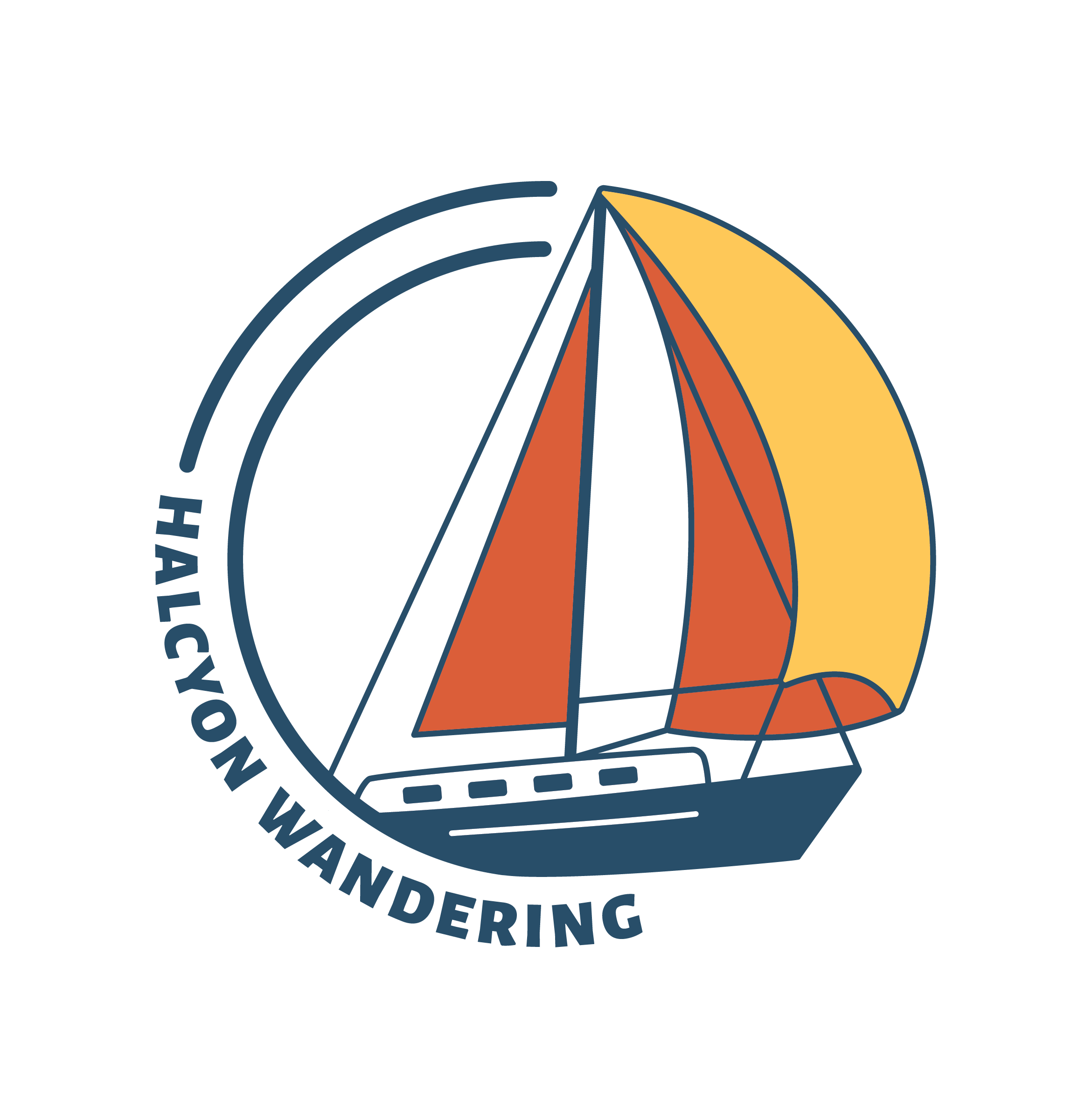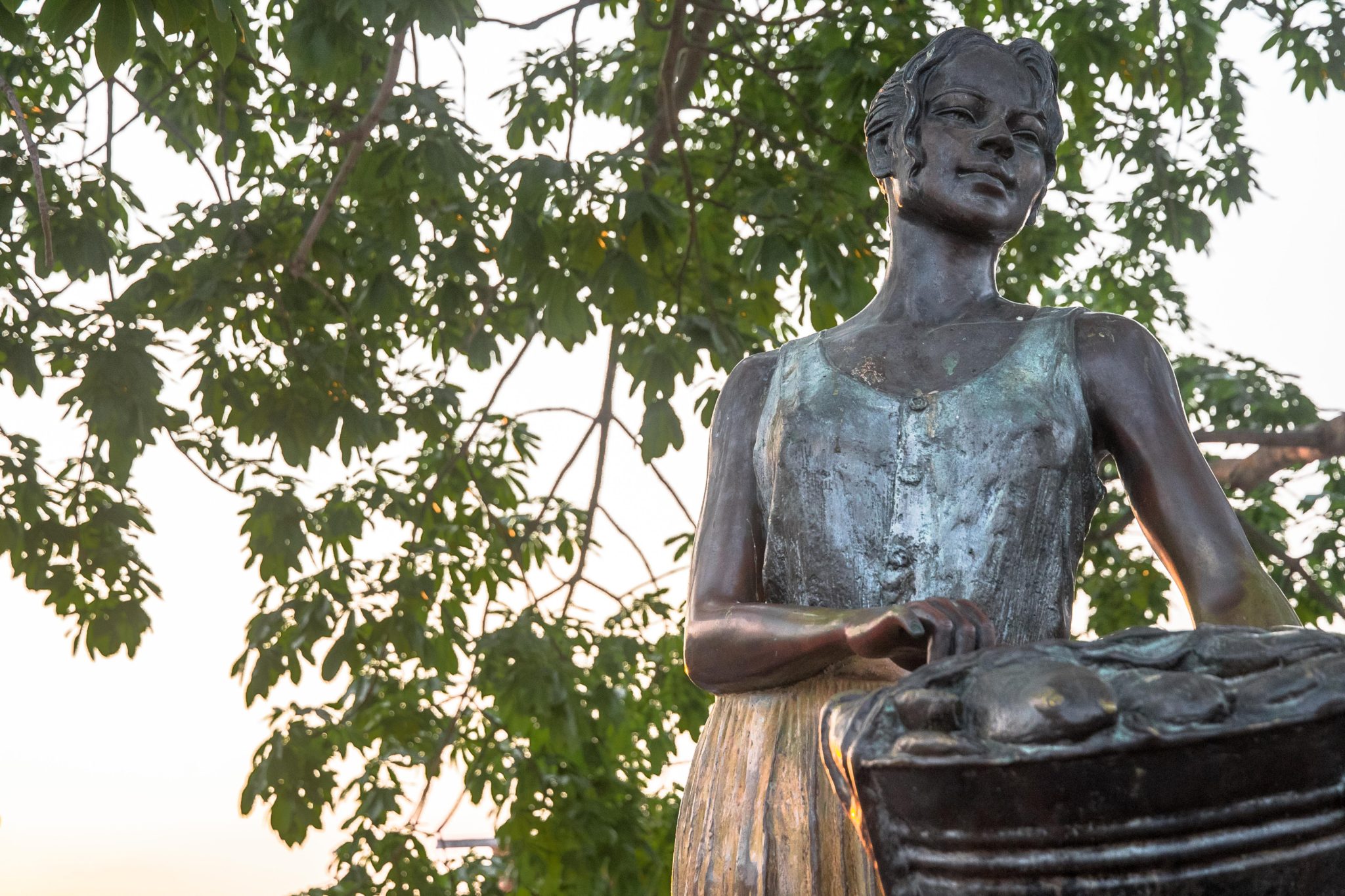The Place of Women
I have been intrigued by this place since Morgan Freeman, pants rolled up and shoes flung casually over his shoulder, strode towards Tim Robbins fixing up his old boat on the beach (if that doesn’t ring a bell, it’s time to re-watch Shawshank Redemption). It’s obvious to me now that that scene was filmed far from Pacific Mexico, but that knowledge does nothing to dampen its allure in my mind.
The name itself, Zihuatanejo, leaps out of your mouth in quick crisp syllables. It’s nearly impossible to frown and say it at the same time. The town has all of the best attributes of Pacific Mexico – long stretches of white sand beaches, delicious and inexpensive food, a protected (ish) bay for anchoring, and a town square that seems nightly to accommodate a parade, basketball game or celebration of some kind. Gaggles of “free range” pre-teens munch on street food and wander the square, laughing and teasing each other. The atmosphere is relaxed, festive and family friendly even late into the evening.
Overseeing the activities in town are seven prominently placed statues of women. As we wandered the streets the first day we ventured ashore, already smitten with the bay and the town, we encountered these statues, each one standing bold and confident, and I was in love. These bronze statues represent the seven regions of the state of Guerrero, each one embodying the region’s contributions to the state. That they are all women speaks to the matriarchal society of the area’s native tribes, and to the history of the town’s name.
The word “Zihuatanejo” can be traced back to “Cihuatlan”, a name that in the local native (Nahuatl) language means “Place of Women”. In this traditional matriarchal culture, the area was a sanctuary dedicated to Cihuatéotl, the goddess of women who died in childbirth and warriors who died in battle (which may seem like an odd pair of responsibilities, but in their culture, childbirth was viewed as a form of battle and its victims were honored as fallen warriors). Here, at this western extremity of the Nahuatl civilization, the women who died in childbirth, under the care of their goddess, act as an honor guard to usher the sun away at the end of each day.
(As an interesting aside, the Spanish, when they first reached these beaches around 1522, decided the area was not worth much and with the sanctimonious authority for which these conquerors are well known, tacked “ejo” to the end of the town’s name, which means “of little importance”. Wrong again, Spanish conquerors.)
Learning about Zihuatanejo’s matriarchal foundation, of their tribute to women and acknowledgement of their suffering has augmented my connection with this place. I am inspired by these women, standing confident and proud, presenting the abundance of their home to those that pass below them.
This connection is a new one for me. I have spent a good portion of my life ignoring the fact that I am female. When I started climbing at age 14, I saw no reason why I couldn’t climb the same routes as my climbing friends (almost entirely guys), though I did recognize I would have to tackle the problems differently. I couldn’t simply haul my body weight through a difficult maneuver, but I could reach my heel above my head and use a straight arm to leverage my body through the same maneuver. I learned to use my specific assortment of skills and talents in creative ways to accomplish the goal at hand (which was always to get to the top). When I climbed a route, it looked nothing like the moves my friends made, but that made no difference to the elation of overcoming a difficult problem and the collective celebration at the top.
I was still ignoring my female-ness when I started sailing and eventually found myself racing with an otherwise all-men’s team in the Puget Sound. As we approached the start line one cold wet Saturday, powered up and heeled over, the wind already sending seawater in our faces, I was grinding. We powered over the start line and immediately tacked onto port, certain we could eek out in front of the pack. The jib came across and I hauled on the winch handle with all the strength and leverage I could find, but within two rotations, the drum stopped, refusing to budge. My measly arms were no match for the load of a number 1 jib in 20 knots upwind.
Yelling, hustling, curse words. A huge hand grabbed the winch and a few of my fingers still attempting to push and ground the jib in, my arm following his motions like a child. The whole ordeal must have been less than 5 seconds, but those were precious seconds lost. We turned down to regain boat speed and as a result of my underpowered arms, had to duck boat after boat, as if bowing in submission, as the fleet flew by on starboard.
My fingers throbbed and my confidence crumbled. I wanted to hide in a hole. I blamed my deficiency on my female-ness; if a guy had been sitting there, that jib would have flown in and we would have strode out in front of the fleet. I was not as good as my male counterparts.
Of course the despair passed, and I soon found my home on the bow, where being small and nimble is an advantage. I regained my confidence in my sailing capability. But my habit of ignoring the fact that I am a woman began to falter. I started to accept the idea that I could admit to being a woman and still be a great sailboat racer. That the problem solving and finesse I had to master as a climber because I couldn’t muscle my way up a route were more than coping mechanisms to compensate for being a girl; they were valuable life skills.
Sailing humbles even the saltiest sailor. We find ourselves at the mercy of winds, waves, corrosion and broken plastic fittings. There are so many situations that crumble the tenuous foundation of confidence and courage. These challenges are not specific to me, and they are not specific to women. Sailing has taught me that to request help, to acknowledge my limits, to feel overwhelmed, these are not a sign of weakness – they are a show of respect of the sea and confidence in yourself.
And that is what these statues remind me. They remind me that my skills and abilities are comprehensive and valuable, and I should depict them with pride and courage. They remind me that I can be both female and confident. They remind me I am capable.
(This is the article that appeared in June 2017’s issue of 48 North magazine. All photos by the talented John Guillote)












